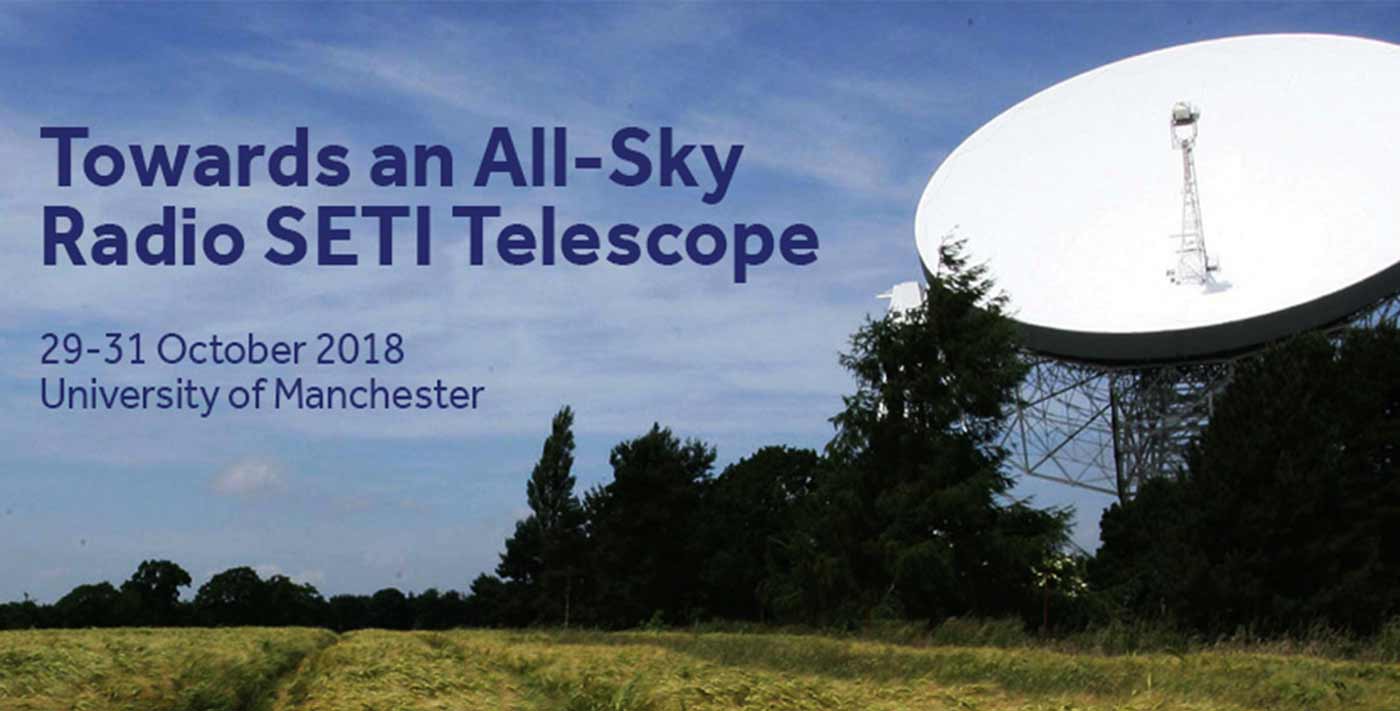Toward an All-Sky Radio SETI Telescope

Tags: SETI
Time: 29 - 31 October 2018 -
Location: Manchester, U.K.
Since the first SETI (Search for Extraterrestrial Intelligence) observations began almost 60 years ago, radio telescopes and the associated techniques have made enormous progress, especially in terms of ever increasing sensitivity, frequency resolution, bandwidth, and data processing capacity. In one area, instantaneous field of view (FoV), more limited gains have been achieved. If intelligent life and indeed technological civilisations are fundamentally rare, instruments with a much larger instantaneous field of view may be extremely important in detecting infrequent, possibly transitory SETI signals. The ultimate goal would be to realise an "all-sky" radio SETI capability, observing all of the sky, all of the time.
Over the last decade, instruments with large fields-of-view have began to appear, especially at long wavelengths (> 1 metre), e.g. MWA, LWA and LOFAR. A similar capability at cm-wavelengths, would be extremely interesting for SETI research. This meeting will address the topic of current and future wide-field SETI searches at radio wavelengths, with the goal of producing an inventory of the various international wide-field radio telescope projects and developments that are currently underway or being proposed.
We also welcome presentations that relate to the special opportunities (and problems) a wide-field radio telescope might represent - contributions associated with radio transient science (e.g. FRBs), the employment of AI to sift through the huge data streams that must be analysed, plus any other advances that could greatly expand SETI search parameter space.
Jill Tarter, Chair Emeritus for SETI Research at the SETI Institute is a member of the Scientific Organising Committee.
NOTE: Registration is required to attend this event.
For more information and registration visit, http://www.jodrellbank.manchester.ac.uk/news-and-events/wide-field-seti-workshop/
